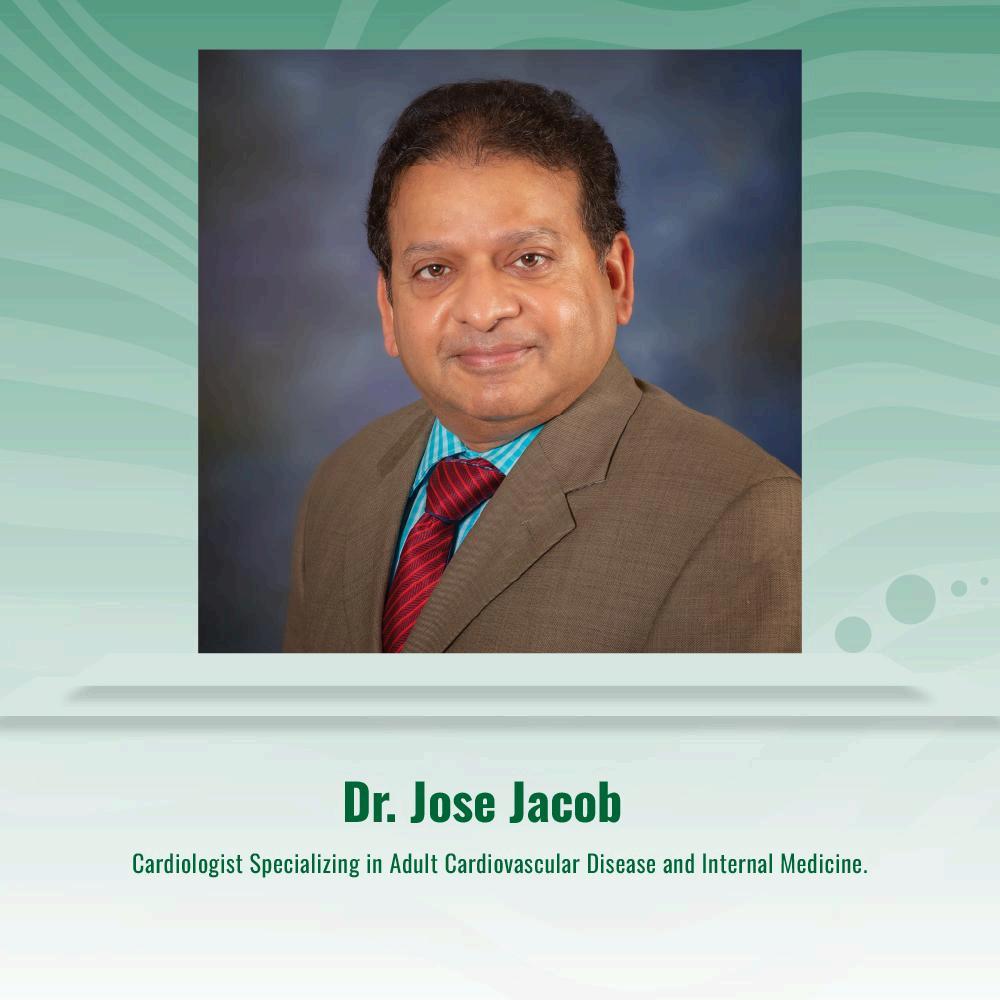Seeing the Unseen: Cardiac
Catheterization’s Vital Role in Heart Disease Discovery by Dr. Jose Jacob

Heart disease often develops silently, progressing without clear warning signs until a serious event occurs That’s why early detection is so critical As Dr Jose Jacob explains, one of the
most reliable ways to uncover hidden cardiac issues is through diagnostic cardiac catheterization.
This advanced medical procedure allows cardiologists to visualize the heart’s inner workings in extraordinary detail. By threading a fine catheter through a blood vessel into the heart and using contrast dye with imaging technology, doctors can assess blood flow, identify blockages, and evaluate valve and chamber function. It offers an unmatched look at the heart’s condition without opening surgery
Unlike many traditional diagnostic tools, cardiac catheterization provides real-time, high-precision data This makes detecting problems like coronary artery disease, congenital disabilities, and valve disorders possible before symptoms intensify It gives doctors and patients a head start an essential advantage when time and early action make all the difference
What adds further value is the potential for immediate intervention If a significant blockage is discovered, treatment such as angioplasty or stenting can be performed immediately This seamless transition from diagnosis to therapy reduces delays, lowers risk, and often results in shorter recovery times
The procedure benefits patients who experience persistent chest discomfort, fatigue, or abnormal test results that don’t indicate a clear cause Cardiac catheterization helps uncover what’s happening inside the heart, allowing for accurate diagnoses and personalized treatment planning.
While minimally invasive and generally safe, the procedure does carry some risks, including bleeding, infection, or reaction to the dye However, it remains one of the safest and most effective diagnostic methods in a clinical setting with trained specialists
Cardiac catheterization continues to shape the future of cardiovascular care by revealing issues that standard tests may miss It empowers patients and healthcare providers with critical knowledge delivered early so that heart disease can be managed, treated, or even prevented altogether As a diagnostic breakthrough, it plays an essential role in helping people live longer, healthier lives by catching heart disease before it becomes life-threatening.
